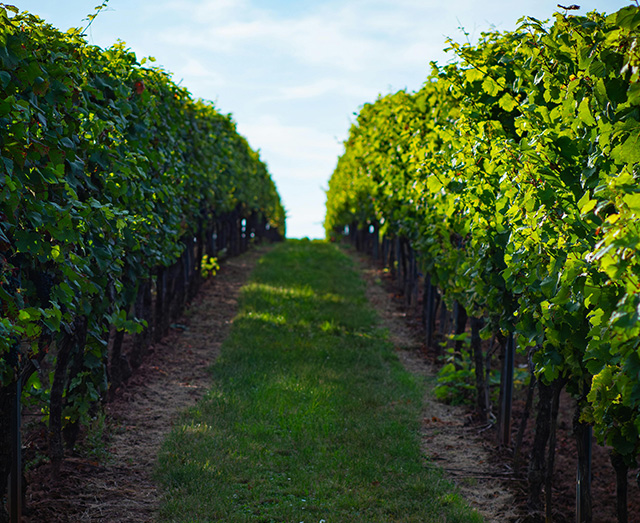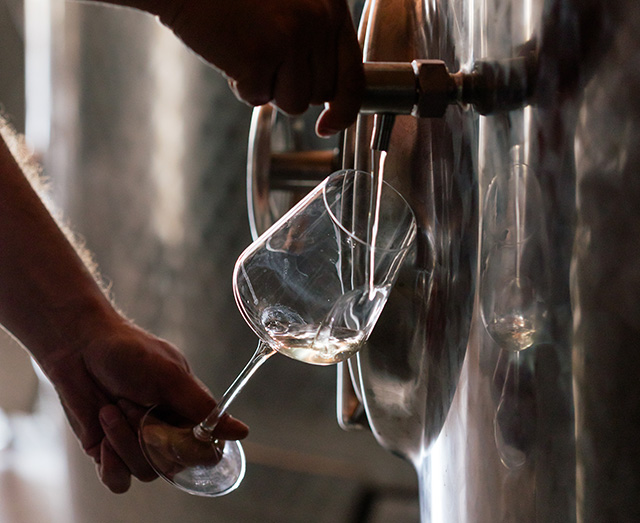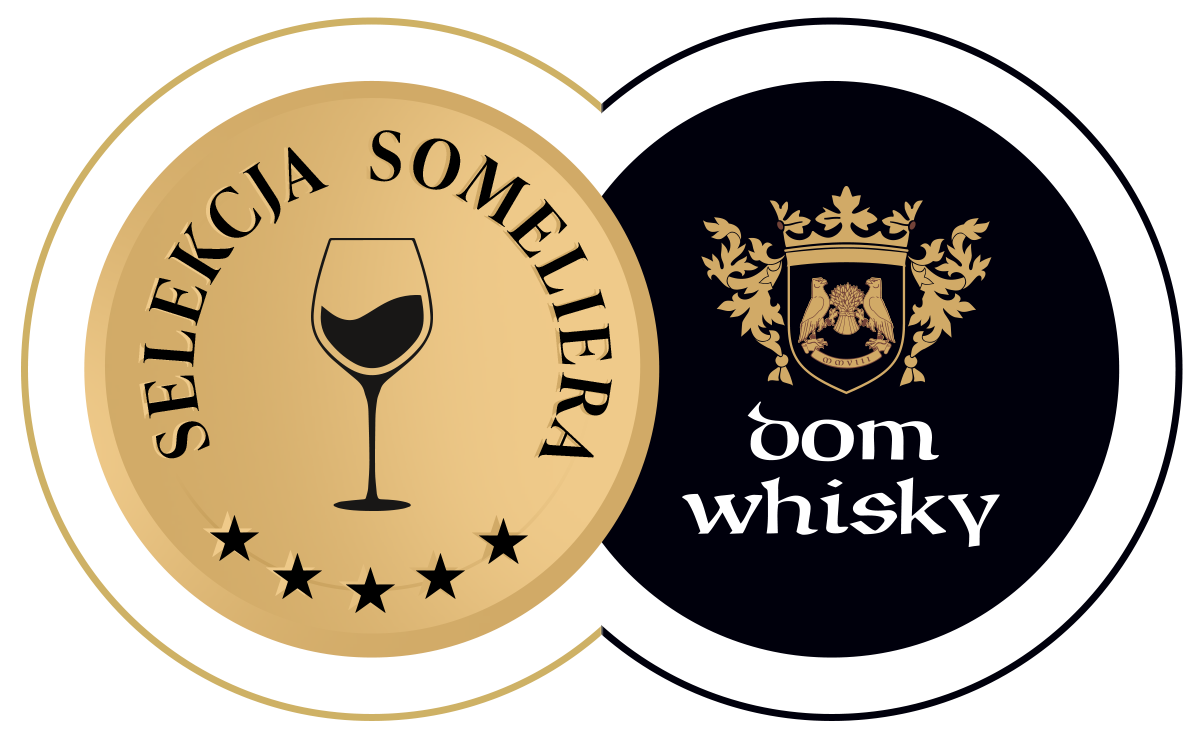Number of Vineyards and Production
In the 2024/2025 season, there are 699 registered vineyards in Poland, marking a record increase of 132 compared to the previous season (567). Among them, 503 winemakers declare production and sale of wine. The officially planted area is about 900 ha, although unofficial estimates suggest it may reach 1200 ha or even 1500 ha counting new plantations.

Popular Grape Varieties
Among white varieties, Solaris is the clear leader, especially cultivated in the West Pomeranian Voivodeship. Other popular varieties include Riesling, Johanniter, Hibernal, Chardonnay, Gewürztraminer, Pinot Gris, Pinot Blanc, Bianka, Muscaris, and Aurora. Among red varieties, Regent dominates (particularly in Lesser Poland), followed by Pinot Noir, Cabernet Cortis, Rondo, and hybrid PIWI varieties such as Maréchal Foch, Dornfelder, Zweigelt, Merlot, and Gamay.
Wine Production and Development Climate
Polish winemaking mainly focuses on quality production — white, red, sparkling, rosé wines, and increasingly orange wines (skin-fermented). The production process in small vineyards lasts from several months up to two years, which influences the higher price of the finished product.

Most Interesting Vineyards
It is hard to choose just one vineyard considering the diversity and continuous development of Polish winemaking. Despite the small area planted with grapevines, projects in Poland are varied and unique.
Although we already have nearly 700 vineyards authorized to sell at Dom Whisky, we select those which, in our opinion, are the most interesting. Consistent, true to their terroir, with fascinating stories and above all, high quality. At the moment, you will find with us Dom Charbielin from Opole region, Silesian Vineyard from Lower Silesia, Dom Jantoń from Łódź region, and Turnau Vineyard from West Pomerania.

Many wine festivals take place in Poland, celebrating local winemaking traditions and promoting Polish wines. The Polish Wine Festival, held in various cities, focuses on presenting wines from Polish vineyards, allowing participants to taste a variety of drinks and attend workshops and lectures on winemaking. Another interesting event is the Wine and Cheese Festival, which combines wine tastings with local cheeses, offering attendees the chance to discover harmonious flavors.
The Krakow Wine Festival is one of the larger events in Poland, attracting wine enthusiasts from across the country. It offers tastings, panel discussions, and the opportunity to purchase wines directly from producers. In Sandomierz, known for its winemaking traditions, a festival takes place that includes wine tastings, presentations by winemakers, and cultural events related to wine.
The Lower Silesian Wine Festival brings together wine lovers from various regions, offering tastings, workshops, and meetings with producers. Wines and Flavors of Małopolska is a festival that promotes not only wines but also regional dishes, giving participants the chance to savor local specialties. These events are a perfect opportunity to discover the diversity of Polish wines, meet local winemakers, and enjoy the atmosphere of shared celebration of the passion for wine. As Polish winemaking develops, new festivals will undoubtedly emerge, attracting an increasing number of enthusiasts.
Additionally, local festivals such as the Grape Harvest Festival in Zielona Góra gather dozens of vineyards and are a tourist attraction of the Lubusz region, historically and currently important for Polish winemaking.
Polish winemaking is developing dynamically, with a record number of 699 registered vineyards in the 2024/2025 season and increasingly developed wine tourism infrastructure. Among the varieties, Solaris dominates in whites, while Regent, Pinot Noir, and Cabernet Cortis lead in reds — along with PIWI hybrids. Production focuses on quality and authenticity, often supported by tastings and tourism.
Polish winemaking builds its image thanks to passion, locality, and quality — as confirmed by numerous successes and interest from both domestic and foreign visitors.
